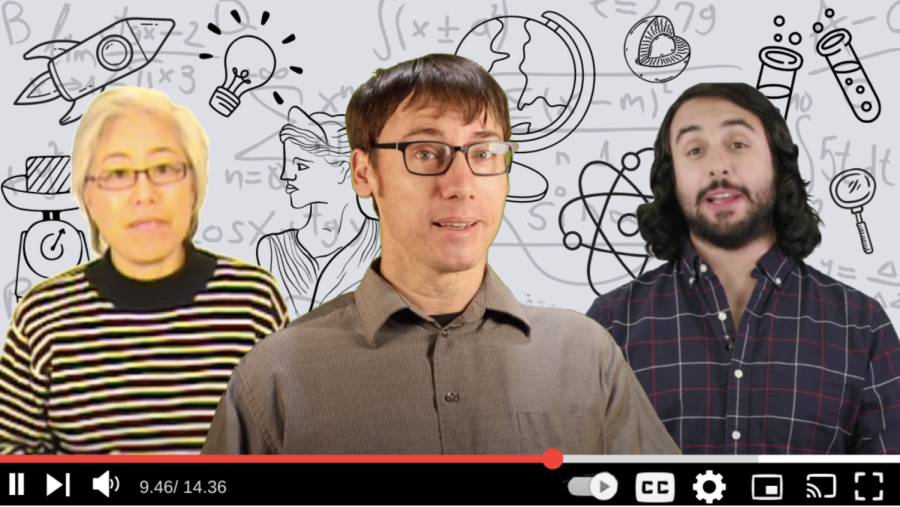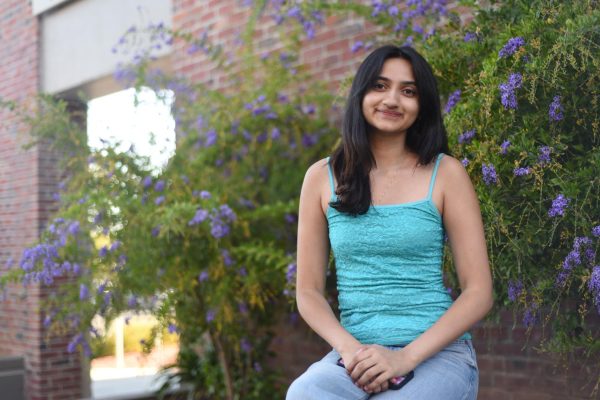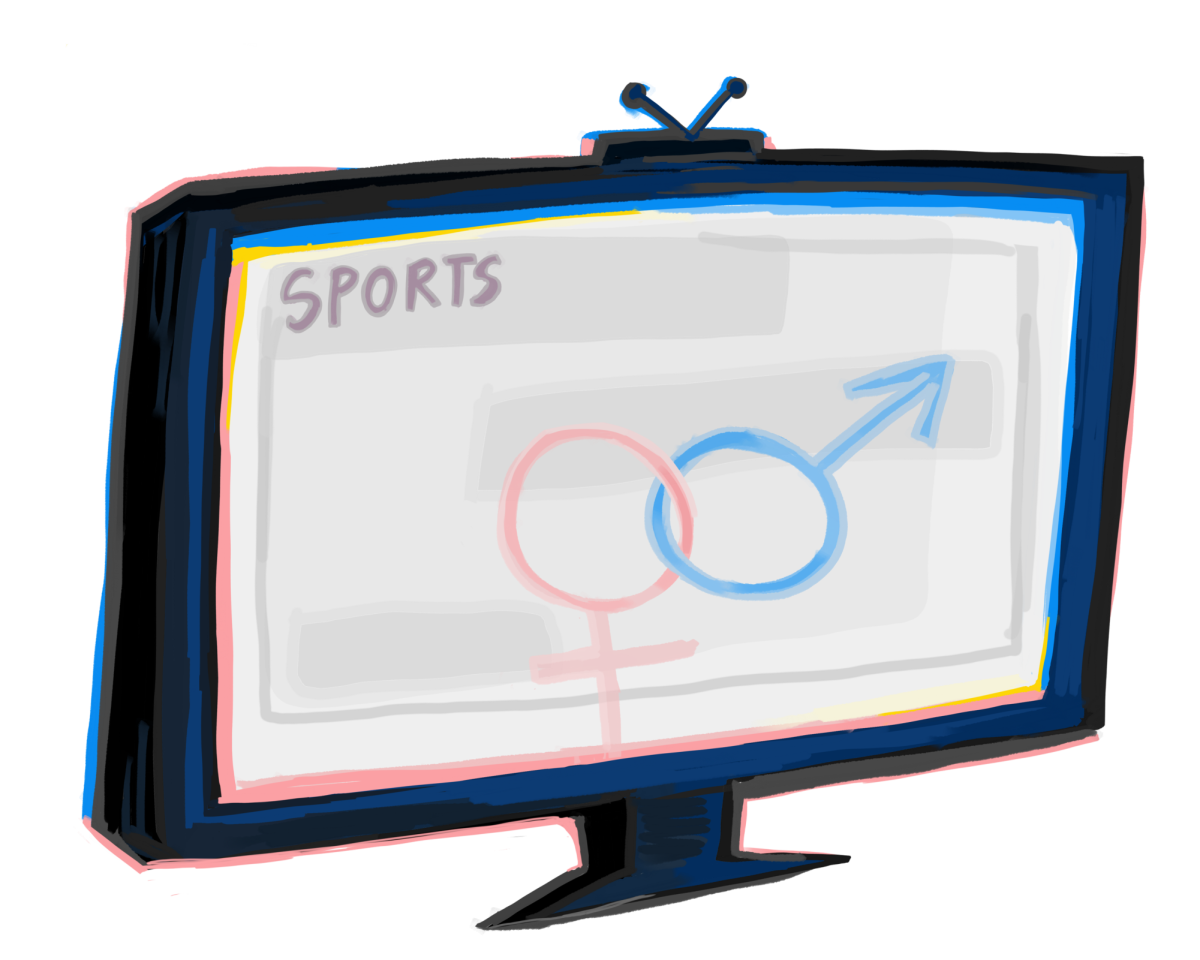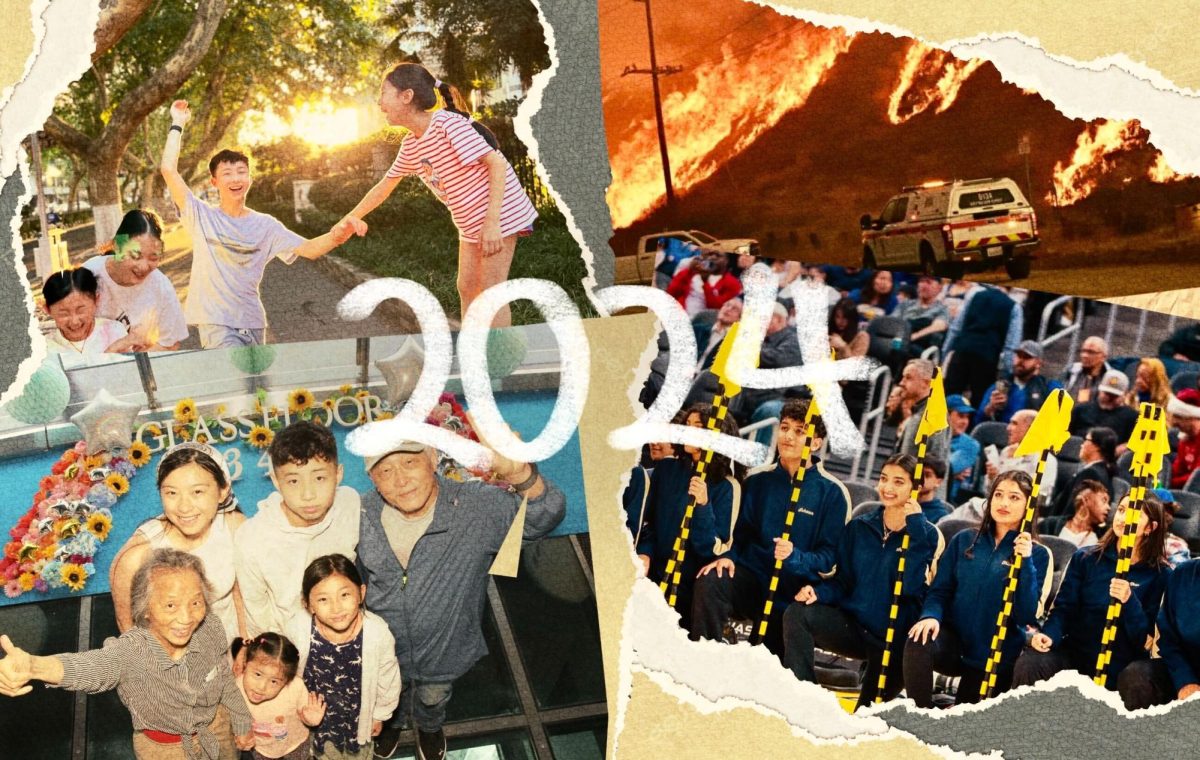Teacher-tube
Exploring how MVHS teachers use YouTube videos in class
Educators Yau-Jong Twu, Matthew Beat and Dave Farina are some of the YouTubers that MVHS teachers play in class.
June 3, 2023
Physics
In 2011, Eleanor Roosevelt High School’s Physics teacher Yau-Jong Twu had a student who was hard of hearing, and while she was a bright student, it was difficult for her to keep up with the fast-paced physics class using her interpreter. Twu, inspired by Khan Academy, decided to make her own physics-focused educational YouTube channel the next year.
While looking for YouTubers who teach the AP Physics 1 and AP Physics C curriculum, physics teacher Jim Birdsong came across Twu’s channel and says he was lucky to find the channel with a vast amount of organized physics content. Inspired by an article he read about flipped learning — an instructional strategy where students learn content at home and work on problems during class time while they have access to the teacher for help — Birdsong decided to bring flipped learning to MVHS. After curating videos to give students as homework, Birdsong implemented the flipped learning model in one of his classes.
“I’d always done standardized tests — you get the same test at the beginning of the year for every class, and then you give it again after the first semester to every class, and you see how much they improve. I’d done that for years [and compared] with everything [else] I tried the improvement was way better with that one class,” Birdsong said. “After that, I kind of switched over to [doing flipped learning] in all [of my classes] and the improvement kept going.”
According to Birdsong, flipped learning has been very successful and it has spread to other science classes and across departments to math classes, such as AP Calculus AB. Birdsong notes that the model has allowed more class time for labs. Although initially nervous about how students would react, Birdsong is proud that students embraced flipped learning when he first introduced it and says that it is well-liked in his classes today. To Birdsong, finding resources is a key part of flipped learning’s success. One of the key features he uses when finding videos to play in class is ensuring they are not too lengthy, as students have short attention spans.
“The general rule of thumb is that people will just lose interest if it’s too long,” Birdsong said. “Even with a five to 10-minute video, the kids are watching it at three or four times the speed — they’re not necessarily listening.”
Twu agrees with Birdsong and finds that short videos are more effective in keeping students’ attention. Considering this, Twu has shortened her videos significantly throughout her YouTube career after being inspired by a book she read.
“I read ‘The Tipping Point’ by Malcolm Gladwell,” Twu said. “In the [book], he talked about Sesame Street and how when they first started, they tested the videos on kids, and they found out that no matter how exciting the videos were, kids will only focus for like 30 seconds and then move on to do other things. So I figured I should follow the same type of lesson and I tried to [make] five to seven-minute [videos] and try to make it short.”
Junior Aarushi Jain is taking AP Physics 1 this year and started watching Twu’s videos as they were assigned for homework, but by the end of the first semester, she found herself watching her videos almost every day to review for the final. Jain finds watching Twu’s videos more interesting than reading sections from a textbook.
“[I think videos are] effective because compared to reading and watching something, having someone talk to you is very engaging,” Jain said. “[AP Physics 1] is a flipped learning class, so having someone at home who can be talking to you and teaching at the same time was what I felt like was the biggest [benefit] for me.”
Even though Twu has temporarily stopped making videos because she is part of the AP Physics C Development Committee, a group of high school and college teachers that work toward constructing the AP Physics C exam, she looks forward to creating more videos after her contract ends and is grateful to the students who watch her videos.
“Sometimes students will tell me, ‘Oh, I got a five or a four on the AP exam,’ and they say the videos helped them [and] it feels really good,” Twu said. “It feels really meaningful — there’s not a lot of other things I know how to do, but I’m so glad that there’s something I can do, and I found a method to share it with others.”
History
As a visual learner, senior Ari Rajaram says YouTube videos are beneficial for review. Rajaram plans on majoring in history and has thus taken courses such as AP United States History (APUSH) and AP U.S. Government and Politics (AP GoPo).
“The day before the APUSH exam last year, I decided not to go to school [and] to [instead] study and spend the entire day working on APUSH,” Rajaram said. “One of the things that I did was watching a lot of [videos from] Heimler’s History [on YouTube.] The videos were long, but they were very helpful, and they definitely helped me do much better on the APUSH exam.”
This year, Rajaram has continued watching videos to study for his AP GoPo class, viewing unit review videos before every test. Social Science teacher Hillary Barron, who is Rajaram’s AP GoPo teacher, has incorporated videos in class and as homework in the past six years after attending a teacher program over the summer of 2016.
“[When] I started teaching AP Government, I did the AP summer program to learn about the program, and [the AP program] teacher included clips and videos, so I stole some of his video clips,” Barron said.
One YouTuber who creates videos about U.S. history and government is Matthew Beat, who started his educational YouTube channel, Mr. Beat, in 2009. While his videos were initially intended for the 150 students he had at the time, he noticed other teachers were playing his videos around 2011 and started to expand his channel. In 2021, Beat decided to pursue a full-time career on YouTube, and his videos have been viewed more than 180 million times on the platform. Despite his success, Beat says he keeps a low profile and does not take much credit for the success of his viewers.
“My students in real life thought I was kind of lame,” Beat said. “It’s the same reason my daughters think I’m lame — I have an 11-year-old and an 8-year-old, and they both don’t care that I have 760,000 subscribers. They don’t care because they see me all the time. They take me for granted, and I am kind of lame. I’m just a normal person — there’s nothing special about me.
Rajaram has watched Beat’s YouTube videos and finds them entertaining and helpful. He says he learns better with videos as he can take time to pause, take notes and fully digest the content. On the other hand, even though Barron does see the value in videos and often plays clips in class during her lectures, she thinks that video lectures cannot replace traditional in-person teaching.
“I think [in-person lectures and videos] serve different purposes,” Barron said. “In my lectures, I try to stop and ask a lot of questions and force students to interact and get more involved, whereas I think with a video, it’s a little more passive — you’re just watching.”
In addition, Barron says she prefers playing short videos in class to ensure students don’t lose interest and get distracted. As a content creator, Beat keeps his student audience in mind and works to make sure his videos are both engaging and factual.
“If a YouTuber never lists their sources, probably take it with a grain of salt because you don’t know where they’re getting the information,” Beat said. “I always list my sources, and as far as what I decided to leave in [and] what I decided to leave out, the most important thing [about] whatever story you’re telling in history is that there’s a lesson from it. As long as they get the lesson, you don’t have to have every little detail, every name [or] every date. It’s good to have main characters because it helps us relate to the story, [but] even then, individual people are not as important as the ideas. The most important things are the ideas.”
Chemistry
Chemistry teacher Elizabeth McCracken has been using YouTube educators in her classes since 2013. She uses a variety of sources and assigns her students YouTube videos for homework to give them a basic understanding of certain topics before she teaches them in class.
“I don’t think I’m perfect,” McCracken said. “I think hearing [information] from someone else or often [having] a subject introduced the night before [makes them] familiar with the concepts and the vocabulary when I explain it [in class].”
McCracken sometimes uses videos from the channel Professor Dave Explains because Dave Farina, who founded the channel in 2014, is “thorough in his explanation, but not too complicated.” She believes that her students will be able to comprehend difficult subjects by watching Farina’s videos.
Farina began his career as a YouTube educator as a way to earn money for his musical passion. While his band “The Lonely Wild” was on tour, a band member offered to help him start an educational YouTube channel for passive income. Having been a high school Organic Chemistry teacher before going on tour, Farina had the experience needed to credibly teach students.
“I basically just took my organic chemistry lectures from when I was teaching, and I delivered them to [the] camera,” Farina said. “[My friend] filmed me and then he helped me make [my] little intro song and [do] a little bit of branding, like [making] a logo, he helped me make all that and he [also] helped me with the first batch of organic chemistry and general chemistry videos. After that, I got some really positive feedback, so I said, ‘OK, I’m going to keep going,’ [my friend] was too busy [to continue].”
As his music career came to an end, Farina began growing to fame on YouTube and currently has 2.5 million subscribers. Over time, his content evolved from the subject of Chemistry to other sciences such as Physics, Biochemistry and Astronomy, all subjects he learned when studying for his Chemistry degree. Soon enough, Professor Dave Explains became a commonly used resource that teachers provided for their students.
“Even within a year, [I had] teachers emailing me, ‘Oh, thank you. I’m using your videos in class,’” Farina said. “Teachers like to find resources that they think are good to help the students [learn], and so that’s [why] I think my channel [has] had pretty reasonable growth consistently from day one.”
Sophomore Dylan Nguyen uses videos from Farina and other YouTube educators to understand what has already been taught in class. Nguyen understands that teachers “just can’t teach everything,” which is why he found outside resources, such as those on Professor Dave Explains, useful.
“[His videos are] really detailed, [and they] help me understand more about the concept of the curriculum, [instead of] just memorizing stuff,” Nguyen said. “He makes [it] so that you can understand what is really happening and more of the deeper concepts of [the subject], instead of just the surface level.”





























